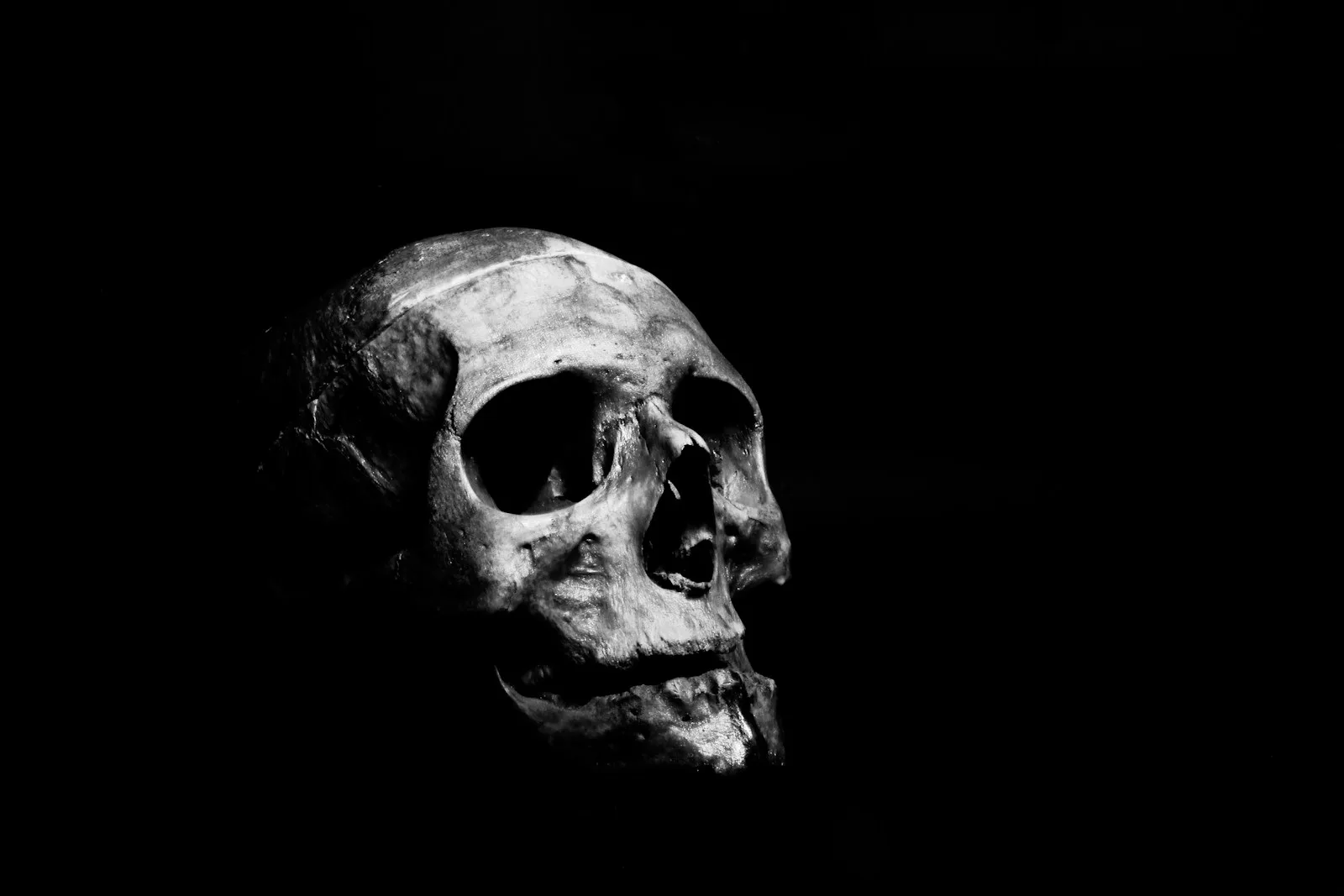
Table of Contents
Dark as night. Snowfalls, muddy roads and crushing twists. Spiders and bats. Jumping off the cliff and into the unknown. For a fossil, how far would you go?
During the two-year recovery mission, which lasted about sixty hours in a cave below the surface, we reached our limits and then some.
Potholes Cave Reserve is situated on the limestone slopes of the Gunaikurnai Country, in eastern Victoria, north of the Buchan settlement.
At this place the river bed is intersected by the mouth of a dark skull. Portals thin enough to enter the cave at will lead to kilometers of underground corridors lined with tiny crystals that glow in the torchlight.
A team of Parks Victoria rangers and recreational cavers worked together to excavate a stunning fossil in one of them, Nightshade Cave, an almost complete skeleton of the extinct short-faced kangaroo Simosthenurus occidentalis. It will be on display at the Melbourne Museum in June this year.
It started with an unusual skull
As is often the case in paleontology, outsiders made the initial conclusions. In 2011, a local caving group used an entrance previously hidden by dust to enter Nightshade Cave for the first time. One of the group, Joshua Van Dyck, saw a strange animal skull.
Recognizing its potential importance, he reported the discovery to the Melbourne Museum. However, Van Dyck believed that it was lost forever because it appeared to be buried under boulders in a fine vertical fall. A decade passed without incident after the contents of the cave were secured by a gate.
In 2021, I became interested in a fascinating quest. It was great to see members of the Victorian Speleological Association helping to revisit the cave.
We tied the ropeline and rappelled down the narrow 10-meter gap, breathing hard to pass tight spots in the air. We threaded our way through low-domed chambers decorated with popcorn-like calcite formations and dripping stalactites, winding as we went down a small passageway in a row.
The tunnel was steep, narrow, with clear walls and many dark nooks and crannies. After we had circled the corridors for hours, someone shouted, “Found it again!” We stuck through a chimney-like pass to get up close and personal with an old man.
Upon arrival, I was suddenly saddened as the exquisitely preserved skull had begun to crumble over time. The fossil appeared to be increasingly susceptible despite its extended existence—little more than to altered air currents and moisture brought on by new cave openings.
We used resin to reinforce the exposed bones and left them in position, noting that it would take extra time to pull them out.
A painstaking retrieval
Upon our return journeys, I meticulously removed thin layers of dirt, and we took pictures and packaged the recently liberated fossils. The deep nose, strong jaws, and teeth identified the skull as that of a short-faced (sthenurine) kangaroo.
There were more bones behind it. Seeing vertebrae, shoulders, hips, limbs, and a small ribcage was astounding since so many of the bones were completely intact and in their original places. This was no haphazard collection of bones; this was a single animal. Like a fossilized holy grail, it felt.
The identification of our skeleton as Simosthenurus occidentalis was made after a thorough comparison with fossils found in the Victoria State Collection of the Museum. It is the most complete fossil skeleton discovered in a Victorian, with 150 preserved bones cave to date.
What distinguishes it from other specimens of the species is that it is a juvenile, not an adult kangaroo. Its teeth are in good condition, its limb ends are not yet attached, and its skull bones are still distinct, all of which indicate that it was a juvenile animal when it died.
We calculate that it weighed about 80 kg, or about the size of an average person, based on the size of its limbs, but if it had lived to adulthood, it would have been half that size.
Australia’s extinct megafauna
When extensive rainforests began to give way to drier ecosystems 10 to 15 million years ago, the small-faced kangaroo first appeared in Australia’s fossil record. They were particularly different during the late Pleistocene era, which began about 500,000 years ago, when the climate began to move towards its present state – a dry one.
However, during their mass extinction around 45,000 years ago, they disappeared from the continent along with 85% of Australia’s megafauna. The Australian Nuclear Science and Technology Organization used radiocarbon dating to determine that the skeleton was buried 49,400 years ago. This indicates that our S. Occidentalis was one of the very last specimens of its type.
Currently, a valuable population of the endangered brush-tailed rock-wallaby can be found in the hills of East Gippsland. They once divided the nation larger kin.
One of the main research topics has been the question of whether sthenurein kangaroos were running faster as opposed to hopping. Our discovered skeleton provides new insights not possible from a single bone due to its unusually complete vertebral column. The availability of comprehensive 3D models makes this almost complete skeleton available for study from anywhere in the world.
The Melbourne Museum currently houses and permanently maintains these fossils, along with others from Nightshade Cave. We can maintain links with East Gippsland, its former home, while providing access to international research through the Museum Victoria Research Institute.
This article is reprinted under a Creative Commons license from The Conversation.
READ | Why researchers think that early humans might have been vegans ? 2024

